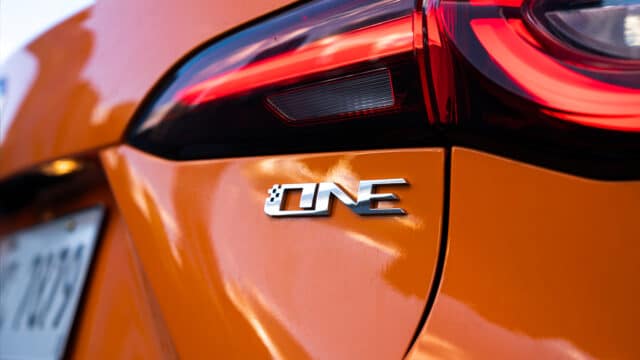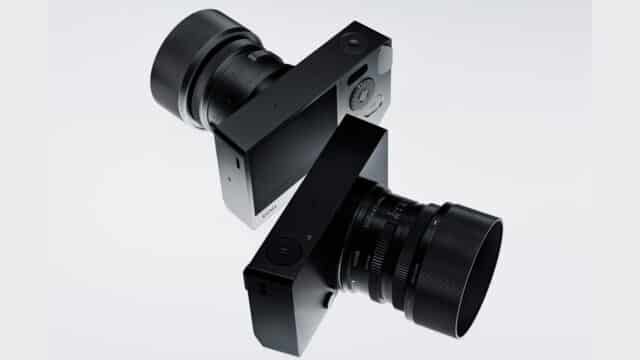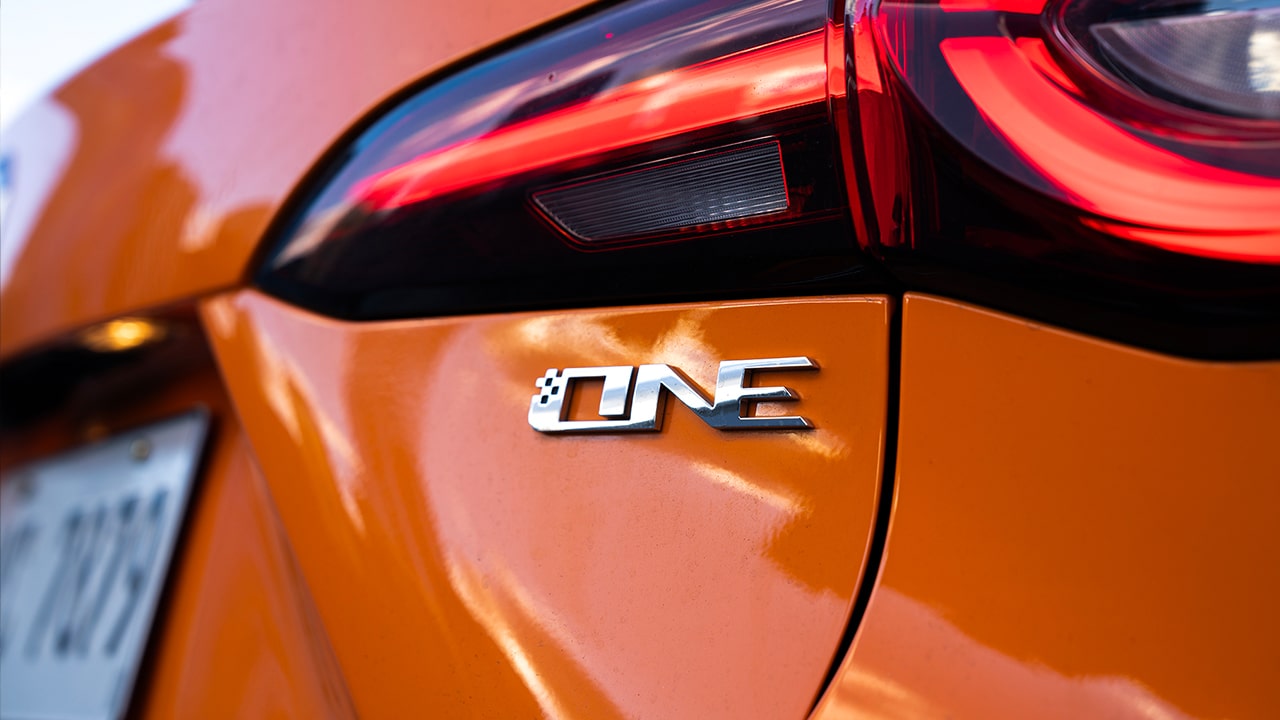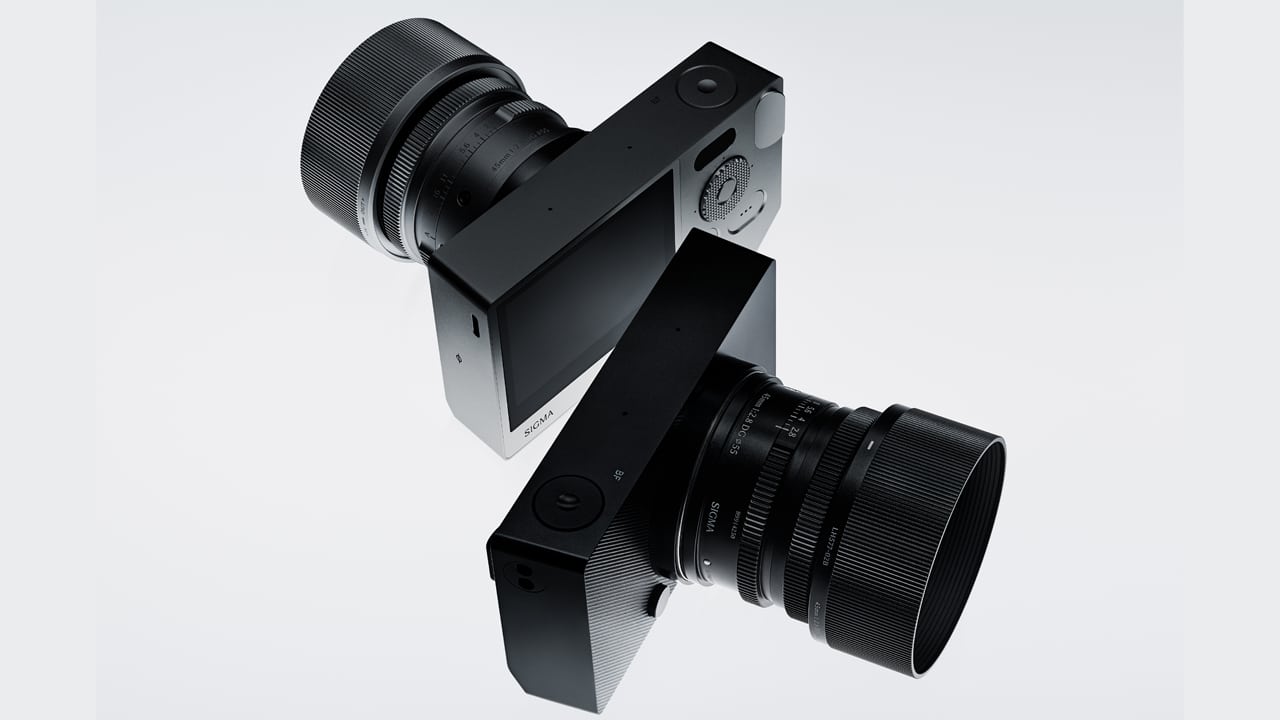The company has pledged to achieve carbon neutrality across its operations by 2050, and its AndesBrain (Binhaiwan Bay) IDC data center is an example of its dedication to reducing carbon emissions and preserving the Earth.
The AndesBrain (Binhaiwan Bay) IDC is OPPO’s first self-built data center and serves as the company’s center for data security, computing, and algorithm innovation.
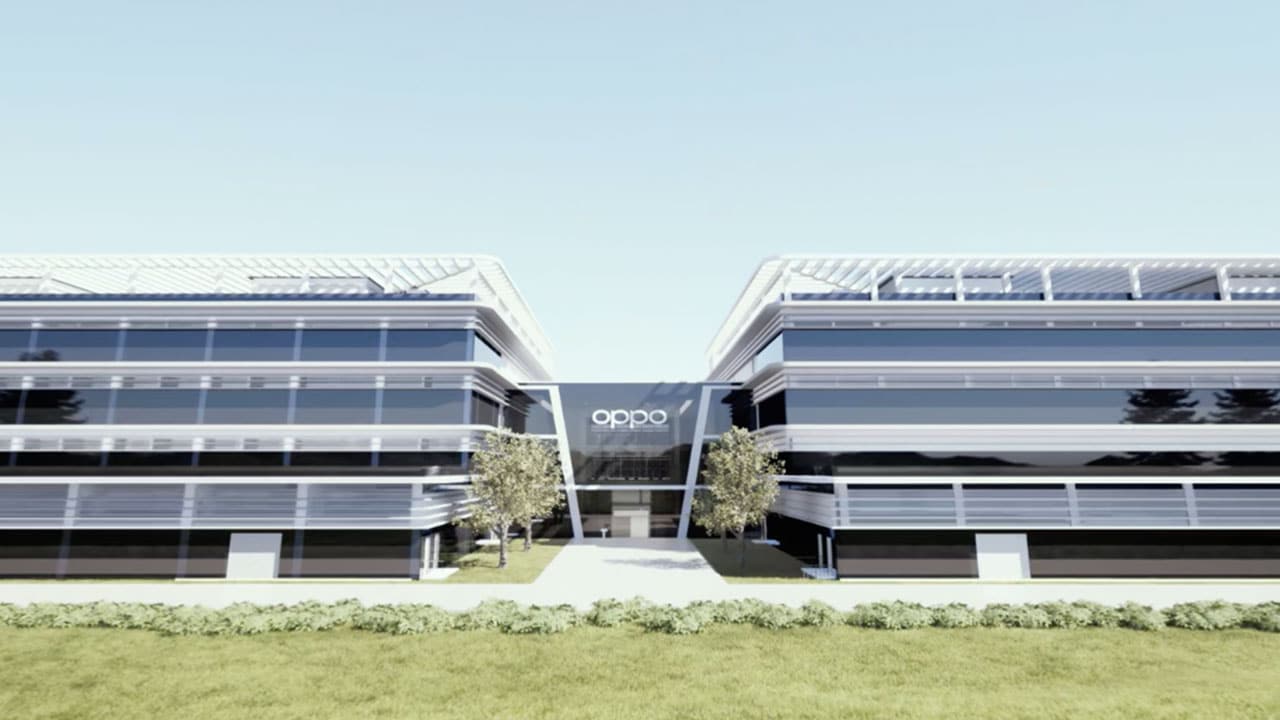
In this digital age, the demand for data storage, artificial intelligence, and high-performance computing is constantly growing, which increases energy consumption and carbon emissions.
The data center uses 100% renewable energy sources, which has reduced emissions by 3,600 tCO2e since 2022. This includes 6.176 gigawatt-hours of renewable power, which is equivalent to reducing the emissions of 780 cars driven for a year.
Additionally, the data center utilizes a rainwater harvesting system for cooling circulation, which saves about 30,000 tons of water annually. This technology collects rainwater from the roof and stores it in a tank for cooling purposes, reducing water consumption and promoting sustainable water use.
OPPO also continuously explores and adopts cutting-edge, low-carbon technologies to improve energy efficiency and reduce carbon emissions. One of the key breakthroughs is the adoption of immersion cooling technology for GPU server clusters.
Traditional data centers typically rely on mechanical cooling devices like fans and air conditioners, which consume extra energy and emit higher levels of CO2. However, the immersion cooling technology for GPU server clusters is an innovative solution that improves energy efficiency and reduces carbon emissions.
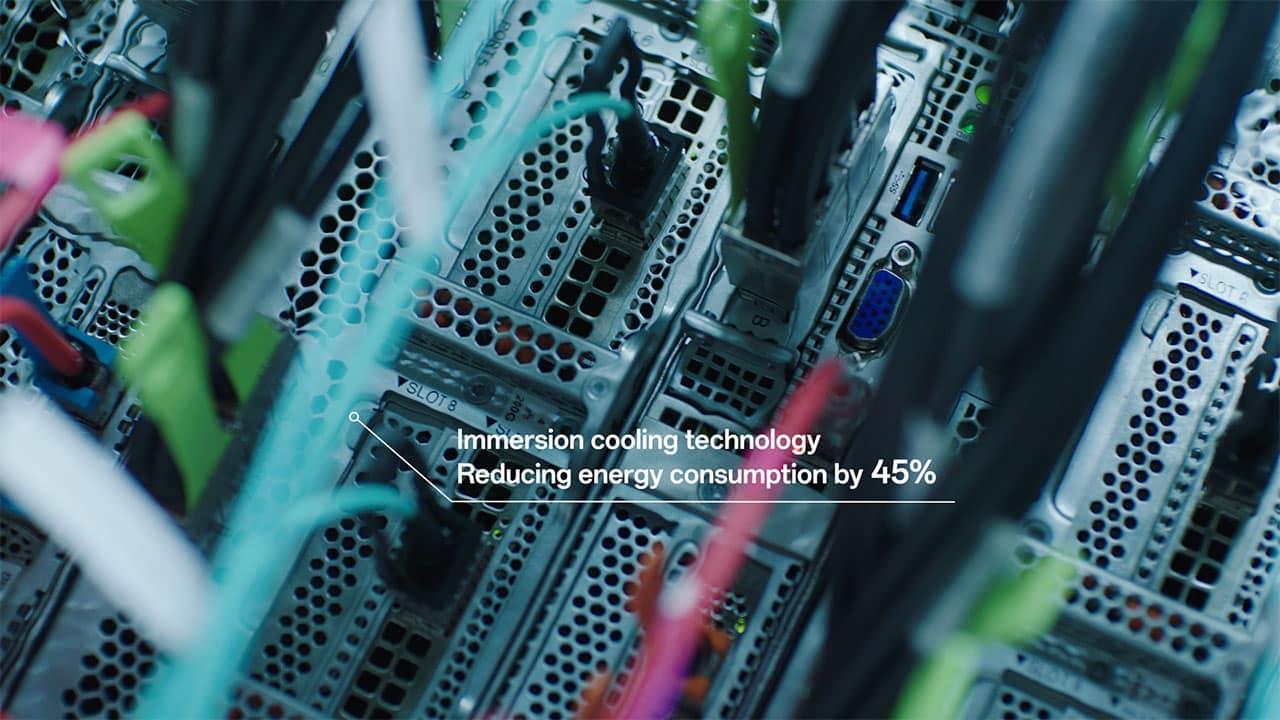
This technology entails submerging servers directly in a non-conductive liquid, which removes heat generated during operation without requiring active cooling from equipment like fans and air conditioners. The heated liquid circulates, cools, and returns to continue absorbing the heat.
The reclaimed heat can be repurposed in other areas, such as heating in the dormitory and hot water provision, substantially increasing energy efficiency. The adoption of immersion cooling technology leads to a 45% improvement in energy efficiency and a low data center power usage efficiency (PUE) of 1.15, which is an industry-leading standard.
As a global technology company, OPPO has also developed a carbon emission data platform, which analyzes data from its cloud services and servers worldwide.
The company issues monthly Carbon Emission Bills to customers in China to promote a green intelligent engine. This platform tracks OPPO’s carbon footprint and identifies areas for improvement, which helps the company to reduce emissions and promote sustainable development.



